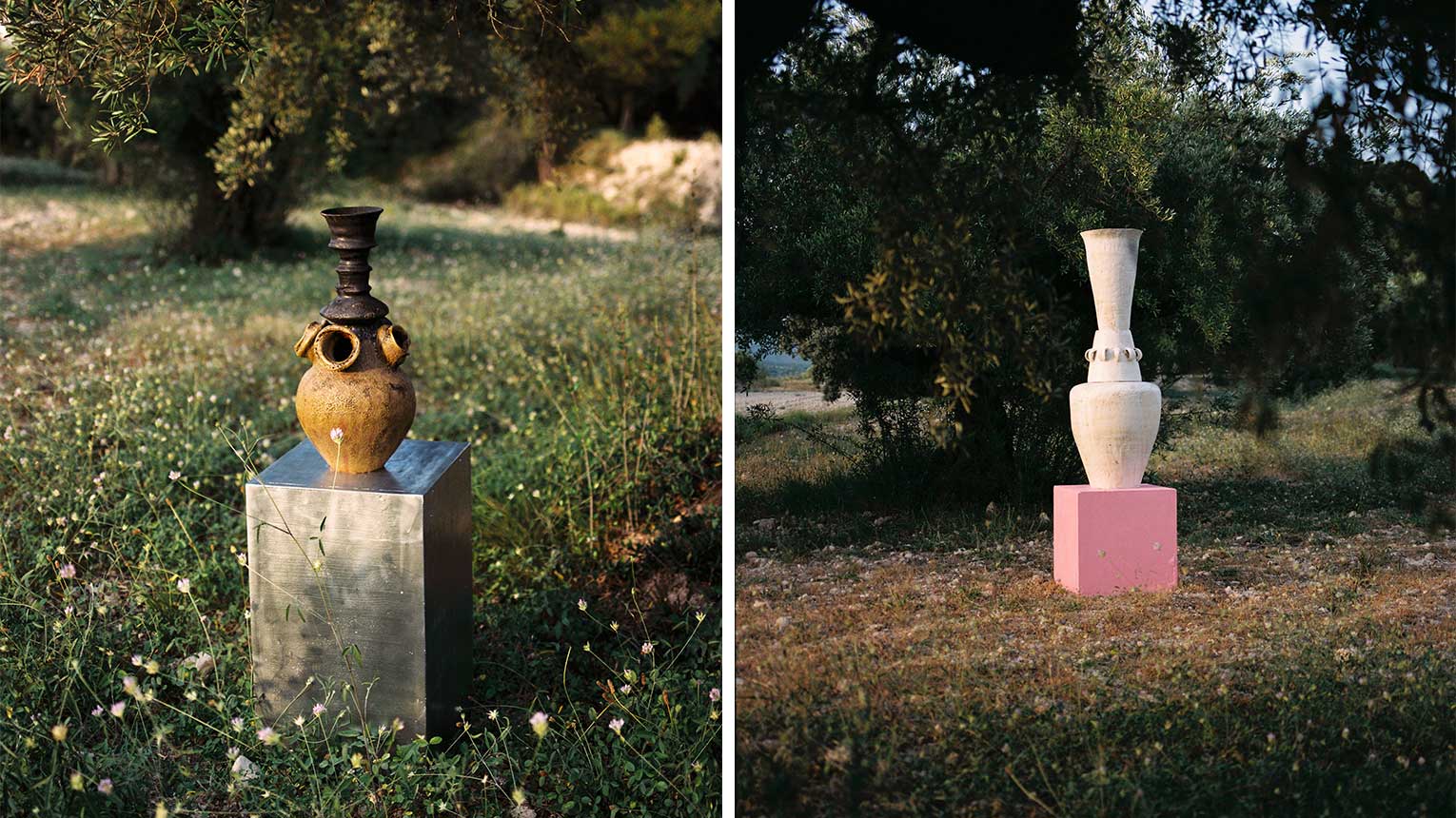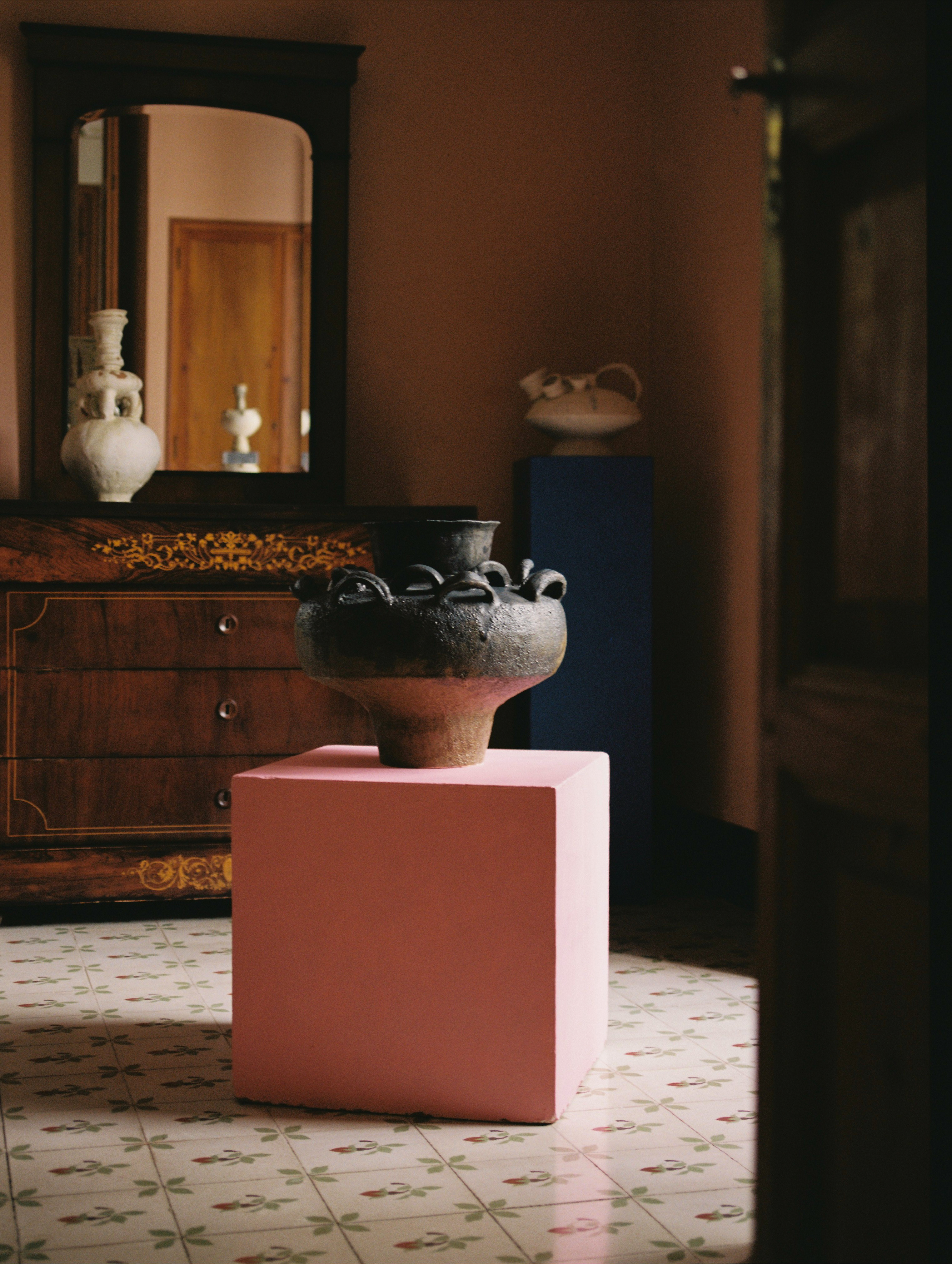
Trnk and Canoa Lab investigate Alfarería de Trampa (or Trap pottery) - a centuries-old ceramics tradition from the designers’ native region of Valencia in Spain. The New York-based design platform has teamed up with the Spanish ceramics studio to exhibit the works in Trnk's Tribeca gallery space: ‘Deriva y Trampa’ presents an array of unique vases and vessels, and even a lamp and side table, gloriously textured and intricately glazed to exude a sense that they originated from another time.
Trnk and Canoa Lab: Alfarería de Trampa

‘We've been working with Canoa Lab for a couple of years now and about a year ago, I had the chance to visit their studio for the first time,’ Dixon recalls. ‘There, I saw some new pieces that really caught my eye. These vessels had unique, irregular shapes, and they had spouts and taps placed in unexpected ways. While there, I learned about Valencia's deep history in ceramics, going back centuries. One interesting tradition specific to the region is called 'Trampa,' which means 'trap' but, in this case, it's more like 'trickery'. Raquel and Pedro were revisiting this old pottery style with playful and odd shapes meant to surprise and amuse users, like bottles with multiple spouts. I found these shapes intriguing and their connection to the couple's history so compelling that I suggested we create a whole exhibition based on this concept.'

‘Historically, the aim of Alfarería de Trampa was to surprise and even bewilder,’ explains Dixon about the ceramic tradition. ‘They often made these quirky bottles, like the 'Botija Trampa,' with tons of spouts that made sure water spilled everywhere but in your glass. Now, Canoa Lab is leveraging similar concepts to interrogate new questions - diving into the relationship between an object and how it's used. By obfuscating the principal utility of these objects, they're asking, should form and function always play by the same rules? Do they always need to hold equal importance? It challenges the conventional notion that form and function must invariably align. I think it's so interesting how they’ve used this age-old ceramics tradition to offer a new and thought-provoking perspective to the role of design more broadly.’
With twenty pieces on display, Canoa Lab’s contemporary view of this ancient tradition brings together its historic roots with a modern sensibility and even a touch of humor.









